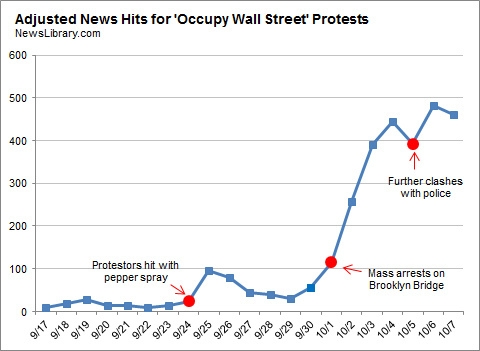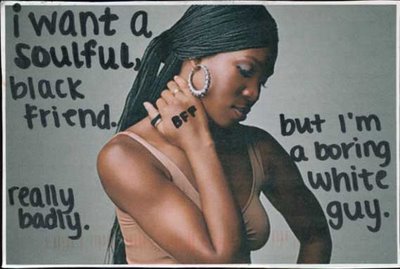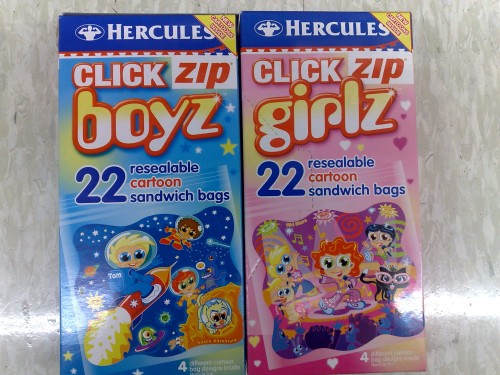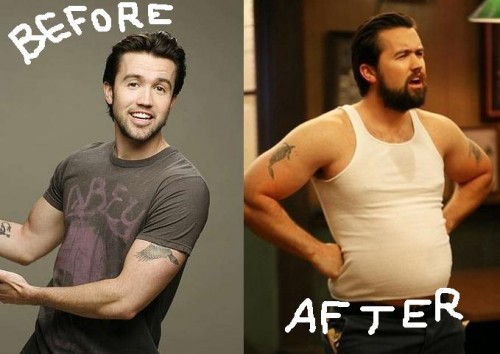Okay so I did a google search one day and I stumbled across two images that… well, I just have to show them to you:
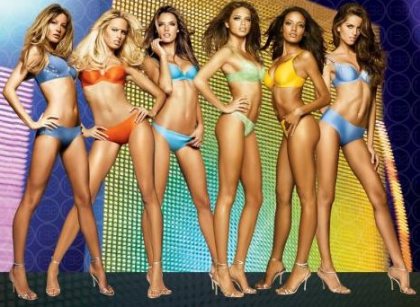 (Victoria’s Secret models, found here)
(Victoria’s Secret models, found here)
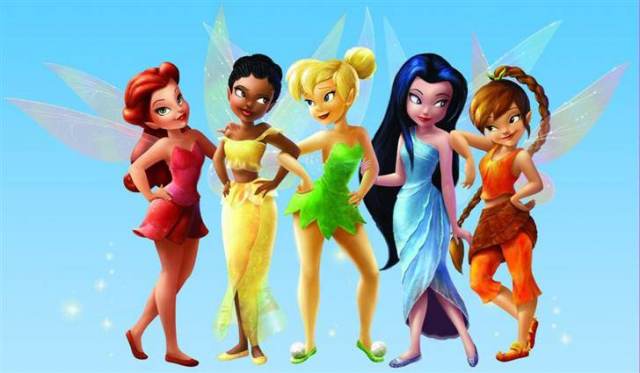 (Disney fairies, found here)
(Disney fairies, found here)
I seriously don’t want to make too big of a deal out of this. I really don’t. I highly doubt that one of these images was modeled after the other or that there was some deliberate attempt to link Victoria’s Secret with Disney or sexy models with little girls.
That said, the two images point to a common visual trope. In this trope, a group of sexy women get lined up (often touching each other). They look almost identical, with the exception of a tiny bit of variation in skin color and hair. And they’re costumed in such a way as to make them look both alike and different (e.g., all in underwear of different colors).
The effect is to erase their individuality, but multiply the impact of the image. We don’t see a five or six women, we see Woman with a capital “W” (or Fairies in the second case). It’s like seeing a buffet from afar, you see Food, but not necessarily macaroni and cheese, little tuna sandwich triangles, fried okra, and fruit salad.
Let’s call it the there’s-no-such-thing-as-too-much-conformity-to-the-male-gaze trope. Or, I-like-my-women-like-I-like-my-collectibles (lots of ’em, all of a type, and on display). Or, women-come-in-a-rainbow-of-colors-just-kidding.
Do you have a better name for it?
UPDATE: Here’s another one, sent in by Ann T. (says Ann’s boyfriend, “I know it makes ME think of cancer”):
And here’s one I found on the Ms. blog: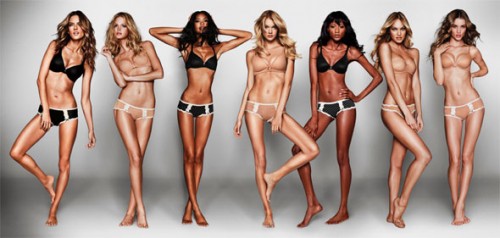
Caroline Heldman counts this as a form of sexual objectification. In these cases, women are shown as interchangeable, like objects. And, she writes, “like objects, ‘more is better,’ a market sentiment that erases the worth of individual women.”
Lisa Wade, PhD is an Associate Professor at Tulane University. She is the author of American Hookup, a book about college sexual culture; a textbook about gender; and a forthcoming introductory text: Terrible Magnificent Sociology. You can follow her on Twitter and Instagram.


